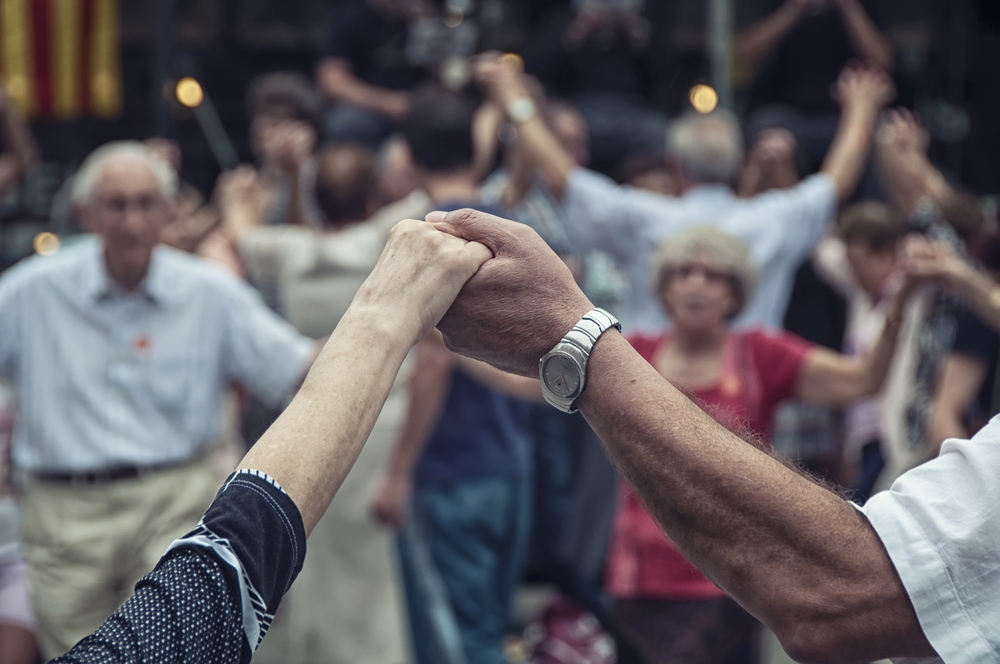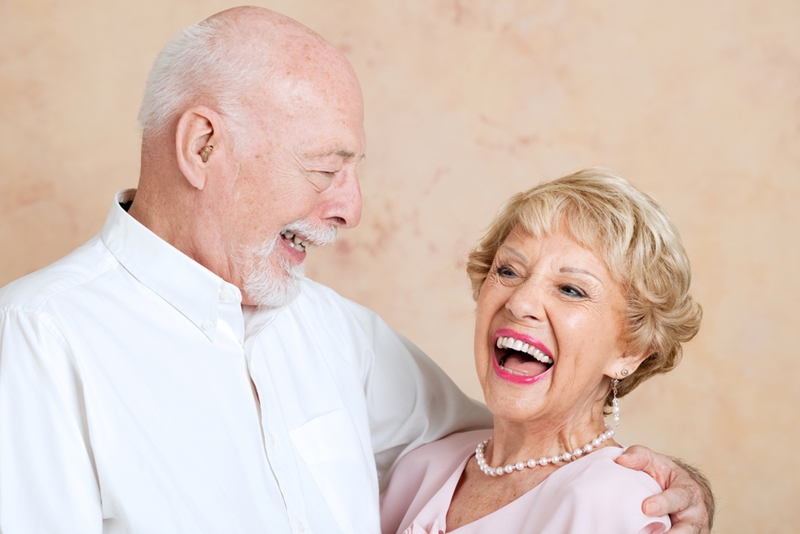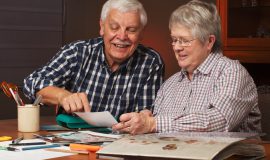Getting your groove on in senior living

It’s no secret that exercise is an important part of our lives, at any age. During childhood, exercise is integral to co-ordination and confidence, as well as developing social skills in the case of team sports. Moving towards adulthood, exercise is a chance to master skills and hone our physicality, especially as we reach peak bone mass.
However, just because a person is nearing senior age, or has begun to reap the rewards of retirement, doesn’t mean that exercise is any less important. In the past, we’ve talked about some of the benefits of keeping fit with age, but if walking, going to the gym or even swimming doesn’t sound ideal, there is another, more enjoyable activity to be found in dancing.
Here we are taking a look at some of the many benefits for seniors who choose to put on their dancing shoes.
Getting in those 30 minutes a day
While some seniors may have mixed emotions or even resentment towards the idea of physical activity, the fact is that it only takes 30 minutes of moderate exercise to start experiencing the benefits, according to the Seniors Information Service of South Australia.
These benefits can include improved mobility, as well as supporting muscle and bone strength, healthy blood pressure, balance and cardiorespiratory functioning. The National Institutes of Health also notes that exercise can play an important role in managing diabetes.
Dancing is a fun, lighthearted way to make sure older people are keeping mobile, but it can also have a particular benefit when it comes to falls management, as discovered by researchers at the University of Missouri (MU).
 Dancing is one of the many activities that can support senior mobility.
Dancing is one of the many activities that can support senior mobility.Keeping seniors on their toes with dance therapy
The MU found that a sense of enjoyment wasn’t the only thing seniors stood to gain when participating in a dance therapy program. The two studies involved in the research found that dancing can help to improve gait and balance, thereby helping to reduce their risk of falling.
Residents from an independent living community had the opportunity to attend 18 dance classes over two months.
“Creative interventions such as dance-based therapy have the potential to significantly reduce falls in older persons,” said Dr Jean Krampe, a Registered Nurse from the Sinclair School of Nursing.
“In the studies, we found improved levels of balance, gait and overall functionality among seniors who participated in regular dance therapy sessions.”
The therapy program focused on The Lebed Method (TLM). Choreographed to music, TLM is comprised of low-impact dance steps that can be tailored to each individual’s specific needs, making it suitable for seniors.
 Dancing can be not only beneficial but fun as well.
Dancing can be not only beneficial but fun as well.The benefits of dance
According to the MU, residents responded favourably to sessions and reported that they would like to carry on with the program.
“We found that many seniors are eager to participate and continue to come back after attending sessions because they really enjoy it,” said Dr Krampe.
Minimising the risk of falls makes dancing an attractive activity for seniors, with one study estimating that 40 per cent of Australian women in their 70s had experienced a fall in the past 12 months. With falls posing a risk of mild to moderate injury, as well as the potential for developing a fear of falling, any activity that can help to prevent them should be taken into serious consideration.
“Among seniors that stand up and move during sessions, we found that dance therapy can increase their walking speed and balance, which are two major risk factors for falling,” noted Dr Krampe.
To help create a comprehensive falls management strategy, Tunstall offers a range of assistive technology to help create a safe home environment where clients can feel secure. To find out more, don’t hesitate to contact the helpful team today.



